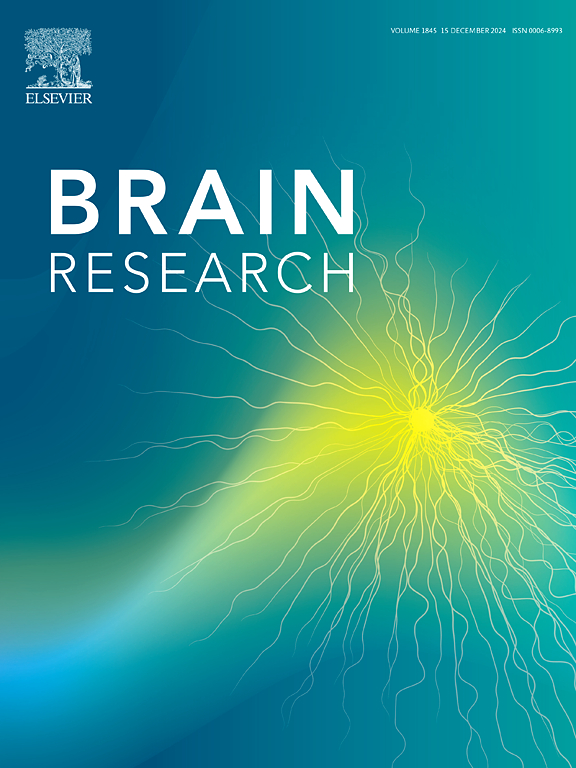TRACE-ing fixations in the Visual World Paradigm: Extending linking hypotheses and addressing individual differences by simulating trial-level behavior
IF 2.7
4区 医学
Q3 NEUROSCIENCES
引用次数: 0
Abstract
I review several alternative linking hypotheses for relating eye tracking data from the VWP to cognitive theories and models. While some models are able to simulate VWP data surprisingly well (such as the TRACE model), there is still ample ambiguity to resolve in the meaning of fixation proportions over time, despite decades of work with the VWP. I also present a simple fixation model based on probabilistic sampling from underlying lexical activation that allows simulation of individual trials. Unsurprisingly, a properly-parameterized sampling procedure approximates the underlying activation patterns when sufficient trials are averaged together. However, the utility of simulating trial-level behavior is not in reconstructing central tendencies (which can be derived directly without simulating fixations), but in addressing, for example, individual differences. I also discuss critiques and misunderstandings of linking models to the VWP, and analogies to a simpler paradigm – lexical decision – to illuminate the logic of linking hypotheses in the VWP.
视觉世界范式中的定点追踪:通过模拟试验级行为,扩展链接假设并解决个体差异问题。
我回顾了将眼动图数据与认知理论和模型联系起来的几种可供选择的链接假设。虽然有些模型能够出人意料地很好地模拟 VWP 数据(如 TRACE 模型),但尽管 VWP 的研究工作已经进行了数十年,在固定比例随时间变化的意义方面仍有大量模糊之处有待解决。我还介绍了一个简单的定影模型,该模型基于从底层词性激活中的概率采样,可以对单个试验进行模拟。不出所料,当把足够多的试验平均到一起时,一个参数适当的取样程序就能近似于潜在的激活模式。然而,模拟试验水平行为的效用并不在于重建中心倾向(无需模拟定点即可直接得出),而在于解决个体差异等问题。我还讨论了将模型与 VWP 联系起来的批评和误解,以及与一个更简单的范例--词汇决策--的类比,以阐明 VWP 中联系假说的逻辑。
本文章由计算机程序翻译,如有差异,请以英文原文为准。
求助全文
约1分钟内获得全文
求助全文
来源期刊

Brain Research
医学-神经科学
CiteScore
5.90
自引率
3.40%
发文量
268
审稿时长
47 days
期刊介绍:
An international multidisciplinary journal devoted to fundamental research in the brain sciences.
Brain Research publishes papers reporting interdisciplinary investigations of nervous system structure and function that are of general interest to the international community of neuroscientists. As is evident from the journals name, its scope is broad, ranging from cellular and molecular studies through systems neuroscience, cognition and disease. Invited reviews are also published; suggestions for and inquiries about potential reviews are welcomed.
With the appearance of the final issue of the 2011 subscription, Vol. 67/1-2 (24 June 2011), Brain Research Reviews has ceased publication as a distinct journal separate from Brain Research. Review articles accepted for Brain Research are now published in that journal.
 求助内容:
求助内容: 应助结果提醒方式:
应助结果提醒方式:


